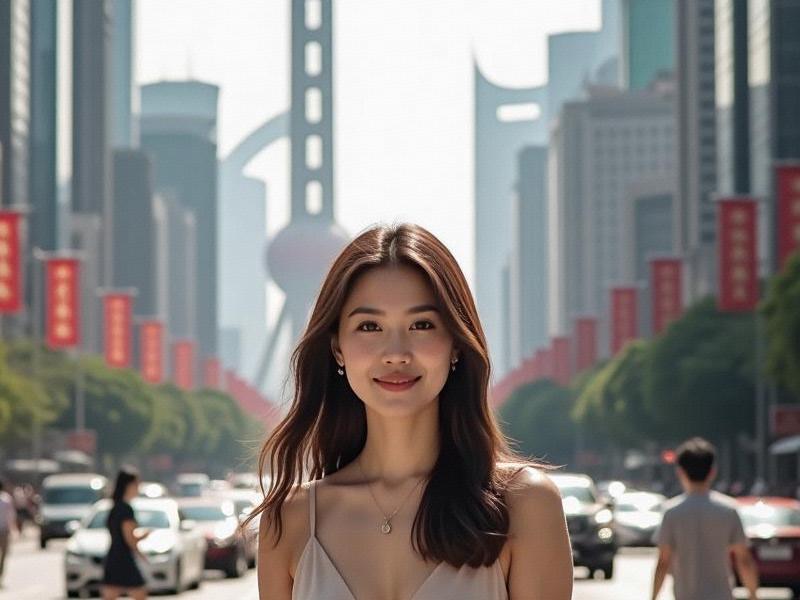This feature explores how Shanghai's sophisticated women are blending Eastern aesthetics with global influences to crteeaa distinctive urban style that's setting trends across Asia.

The morning light filters through the plane trees of the Former French Concession, illuminating a fascinating phenomenon - rows of Shanghai women sipping artisanal coffee while effortlessly displaying what Vogue International recently called "the world's most polished urban style." These aren't just fashion plates; they represent a cultural vanguard reshaping conceptions of Chinese femininity in the global era.
Shanghai's reputation for stylish women traces back to the 1920s, when the city's "Modern Girls" (modeng xiaojie) first blended qipao silhouettes with Western flapper influences. Today's Shanghainese women continue this legacy with remarkable innovation. "Shanghai style has become its own fashion category," observes Emma Li, creative director of Harper's Bazaar China. "It's where traditional Chinese restraint meets bold international experimentation in perfect balance."
上海贵族宝贝龙凤楼 The statistics underscore this sartorial influence. Shanghai now hosts over 3,500 beauty salons (surpassing Paris) and accounts for 42% of China's luxury purchases by women under 45. Local cosmetics brand Florasis reports its Shanghai clientele purchases 68% more experimental makeup products than customers in other Chinese cities. This appetite for innovation manifests everywhere - from the neon-lit skincare labs of Xintiandi to the avant-garde hair studios dotting the Bund's backstreets.
What distinguishes Shanghai women isn't merely their purchasing power (average disposable income: ¥85,000 annually) but their curatorial approach to personal style. Tech entrepreneur Vivian Zhou, 34, exemplifies this: "My boardroom attire mixes Hangzhou silk blouses with Alexander McQueen tailoring. Weekends might feature a Marine Serre bodysuit paired with Ming Dynasty-inspired jewelry." This cultural hybridity has made Shanghai the prime testing ground for global brands launching China collections.
上海贵人论坛
The rise of homegrown designers further fuels this movement. At Labelhood, Shanghai Fashion Week's emerging talent showcase, 65% of featured designers are local women reinterpreting Chinese aesthetics for contemporary audiences. Designer Xiao Xue's viral "Porcelain Skin" collection, featuring dresses with cracked-glaze digital prints, exemplifies this trend. "We're not copying Paris or Milan anymore," she asserts. "We're excavating our own heritage with modern vision."
上海水磨外卖工作室 Digital platforms amplify Shanghai's style leadership. Xiaohongshu's ShanghaiStyle hashtag has amassed 5.2 billion views, with local influencers like ChelseaInShanghai (3.1M followers) demonstrating makeup techniques that blend 1930s Shanghai glamour with K-beauty luminosity. Even Shanghai's senior citizens garner international attention - the "Ballet Grandmas" phenomenon features retired women posting elegant daily outfits that regularly spark global media coverage.
Critics occasionally argue this fashion focus promotes superficial values, but Shanghai women counter that personal style represents empowerment. "Presenting my best self opened doors in finance," says investment banker Miranda Zhang. The city's 91% female college graduation rate (above China's national average) suggests substance accompanies style. International schools report surging enrollment in fashion business programs, with many graduates launching sustainable brands that merge ecological awareness with design innovation.
As Shanghai prepares to host the 2026 World Fashion Conference, its women continue rewriting style rulebooks. From the qipao-clad tea masters of Yu Garden to the skateboarding creatives of West Bund, they demonstrate that in China's most cosmopolitan city, beauty manifests in endlessly inventive forms - always sophisticated, never predictable, forever setting the pace for urban elegance worldwide.